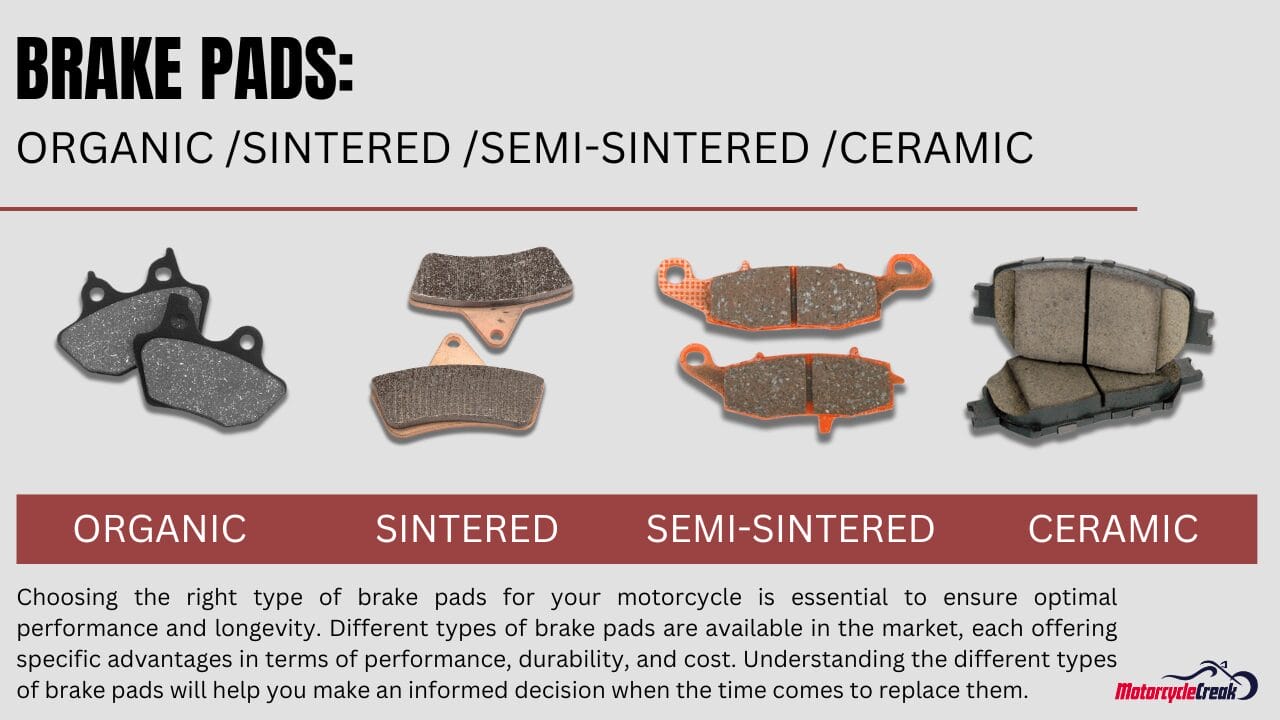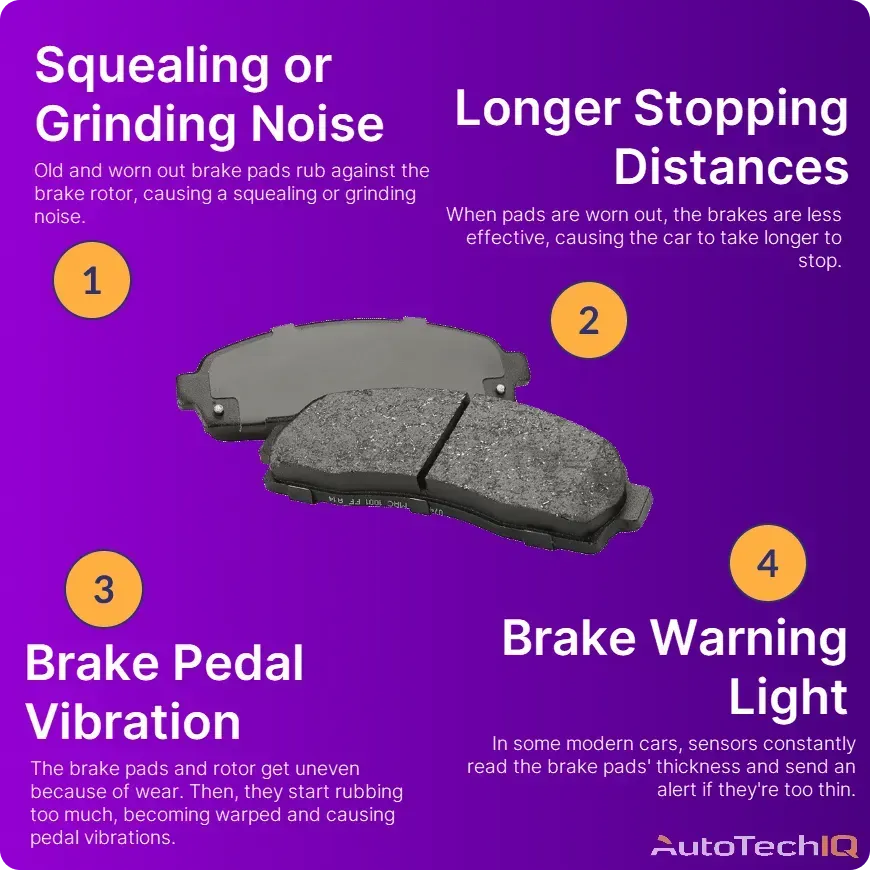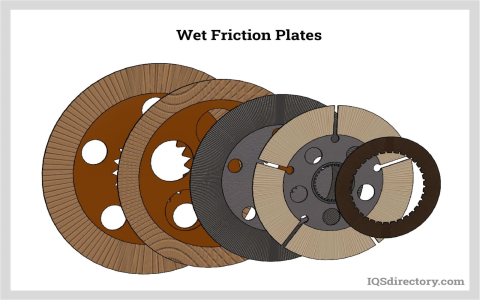My Journey Figuring Out Sintered Brake Pads
Alright, let’s talk brake pads. I kept running into this term, “sintered,” when I was looking to replace the pads on my bike. My old ones, the regular organic kind, just weren’t cutting it anymore. They felt kinda mushy, especially on long downhill runs, and seemed to wear out way too fast. After one particularly sketchy ride in the wet where I felt like I wasn’t stopping quick enough, I decided I needed something tougher.

So, I started digging around. Popped into a couple of bike forums, asked a buddy who’s more mechanically minded than me. The word “sintered” kept coming up. People called them “metallic” pads sometimes. The gist I got was that they were made differently, using metal particles fused together with heat and pressure. Sounded heavy-duty.
What I gathered was:
- They were supposed to last a lot longer.
- They supposedly worked better in wet or muddy conditions.
- They could handle higher temperatures without fading.
- They might be noisier and tougher on the brake rotors.
That last point made me hesitate a bit. New rotors aren’t cheap. But honestly, the idea of better stopping power, especially when things get gnarly, won me over. I figured I’d give them a shot. Went down to the local shop, found a set that matched my brakes, and bought ’em. They definitely felt denser, more solid in the hand compared to the old ones.
Getting Them On and Trying Them Out
Swapping them out was the usual process. Cleaned the calipers, pushed the pistons back, slotted the new sintered pads in. Pretty straightforward. I made sure to clean the rotors really well too, heard that helps them bed in properly.
The first ride was… interesting. Right away, I noticed they needed a firm pull. Less initial soft bite than the organics, more of an “on/off” feel. Did some hard stops in a parking lot like the instructions suggested, trying to get them bedded in. Yeah, they were definitely louder, especially during those first few hard stops. A bit of a grinding sound, which was slightly unnerving.

But once I got them bedded in and hit the trails? Man, the difference was clear. The stopping power felt way more consistent. On those long descents where my old pads would start to fade and feel weak, these sintered ones just kept gripping. No fade, just solid braking. And in the wet? Huge improvement. They still made some noise when wet, but they actually stopped me reliably, unlike the organics which felt like they gave up.
So, What’s the Deal Long Term?
I’ve been running them for a good while now, through different seasons. They’ve held up incredibly well. Wear life is definitely much better than the old pads. The stopping power remains strong and predictable, which gives me a lot more confidence pushing things a bit harder.
Are they perfect? Nah. They are still a bit noisier than the organic pads, especially in certain conditions, sometimes a little squeal here and there. And I do keep a closer eye on my rotor wear, just in case. But for me, the trade-offs are worth it.
So, when someone asks “sintered brake pads meaning,” my answer isn’t just some technical definition. To me, based on actually using them day in, day out, it means tough, long-lasting brake pads made from compressed metal powder. It means reliable stopping power that you can count on when it’s hot, wet, or you’re just riding hard. They might talk back a bit with some noise, but they deliver performance where it counts. That’s what sintered means in my book.



